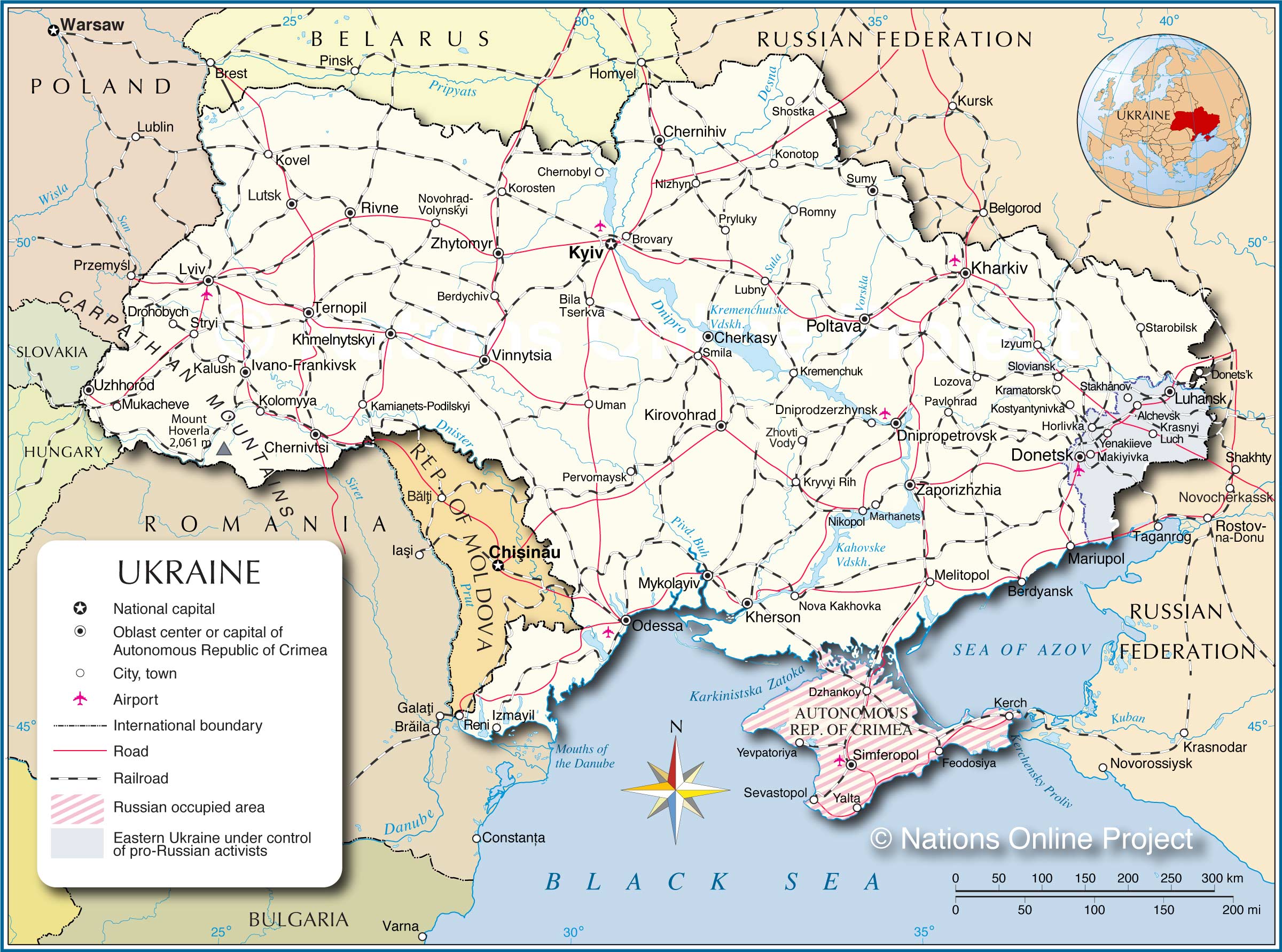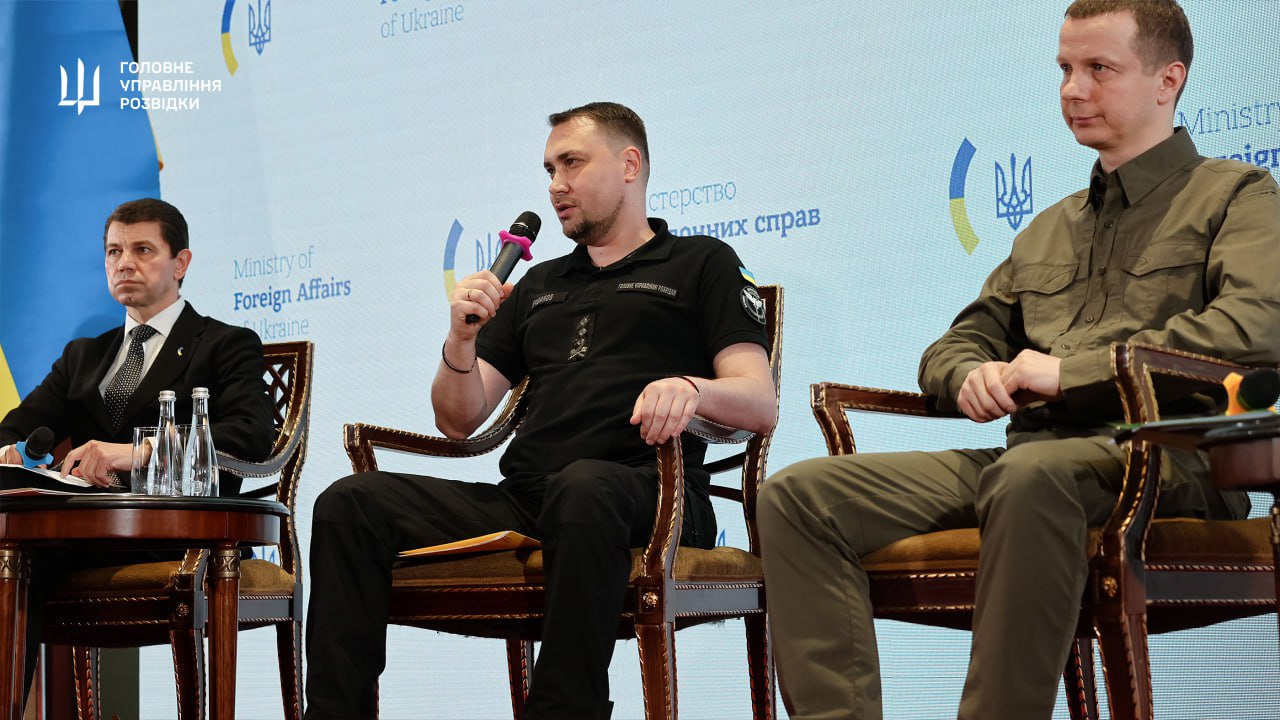Ukraine"s Intel Chief Reveals Russia"s $1.1 Trillion Rearmament Plan by 2036
In a striking revelation, Kirill Budanov, the head of Ukraine"s Main Intelligence Directorate, has disclosed that Russia is allegedly planning to invest approximately $1.1 trillion in military rearmament over the next decade, extending until 2036. This ambitious proposal is characterized by Budanov as the largest military program since the disintegration of the Soviet Union, indicating a profound shift in Russia"s military strategy amid ongoing tensions in Eastern Europe.
Background & Context
The announcement comes at a time when the conflict between Ukraine and Russia continues to escalate, drawing international attention and concern. Budanov’s statement is seen not only as a reflection of Russia"s military aspirations but also as a strategic maneuver to galvanize Western nations against perceived threats from Moscow. By projecting such a substantial investment, Russian leadership appears to be signaling a commitment to long-term military readiness and modernization.
Budanov emphasized that this initiative represents a “total mobilization of politics, economics, and society” in Russia, suggesting that the Kremlin is preparing for a protracted military engagement. The projected annual expenditure of $85-90 billion aligns with current estimates of Russia"s military spending, which constitutes about 6% of its GDP, raising questions about the sustainability of such financial commitments in the face of international sanctions and economic pressures.
Key Developments
While the financial scale of the proposed rearmament plan is daunting, the critical inquiry lies in the nature of the transformations it entails. Key areas highlighted by Budanov include the urgent need for advanced technological capabilities to enhance military effectiveness. Currently, Russia"s military capabilities lag behind those of the collective West, particularly in the realm of satellite communications and integrated combat management systems.
To bridge this technological gap, Budanov advocates for the establishment of a low-orbit satellite constellation comprising 1,000 to 2,000 microsatellites. This infrastructure is necessary to facilitate real-time communication and coordination across various military units, thereby enhancing operational efficiency. Additionally, the development of a unified digital combat management system is paramount. Such a system would integrate intelligence, artillery, drones, and logistics into a cohesive operational framework, enabling Russian forces to respond more rapidly and accurately on the battlefield.
\n\n
Image for Ukraine"s Intel Chief Reveals Russia"s $1.1 Trillion Rearmament Plan by 2036
Broader Impact
As the role of high-precision weaponry evolves, the implications for warfare strategies are significant. Budanov pointed out that systems like the HIMARS (M142), which have proven effective in disrupting enemy logistics and command structures, highlight the necessity for Russia to innovate in this domain. Russian counterparts, such as the Tornado-S OTRK and the Uragan-1M, are already in development, aiming to match the flexibility and precision of their Western equivalents.
Furthermore, the effectiveness of systems like the Iskander and Kinzhal in targeting fortified positions and air defense systems underscores the strategic importance of expanding their operational range and enhancing their destructive capabilities. The emphasis on high-precision strikes signals a shift away from traditional mass offensives, advocating for a more agile and responsive military posture.
What"s Next
The revelations concerning Russia"s rearmament plans raise critical questions about future military engagements in Eastern Europe and beyond. With a focus on integrating drone technology into frontline operations, the Russian military is likely to redefine its combat strategies, potentially leading to a more fragmented and technology-driven battlefield. As previously reported, the adaptation of drone warfare, where soldiers are equipped with operational drones and control systems, may alter the dynamics of engagement, allowing for rapid tactical advances without reliance on heavier artillery support.
As the world watches these developments unfold, the specter of increased militarization looms large. The international community must grapple with the implications of Russia"s rearmament strategy, which could reshape geopolitical alliances and conflict dynamics in the years to come. Recent developments in the region, such as Russia"s Alabuga Drone Factory Expands Production Capacity to Bolster Ukraine War Efforts, further illustrate the urgency for nations to reassess their own military readiness in light of these escalating tensions.

Image for Ukraine"s Intel Chief Reveals Russia"s $1.1 Trillion Rearmament Plan by 2036







